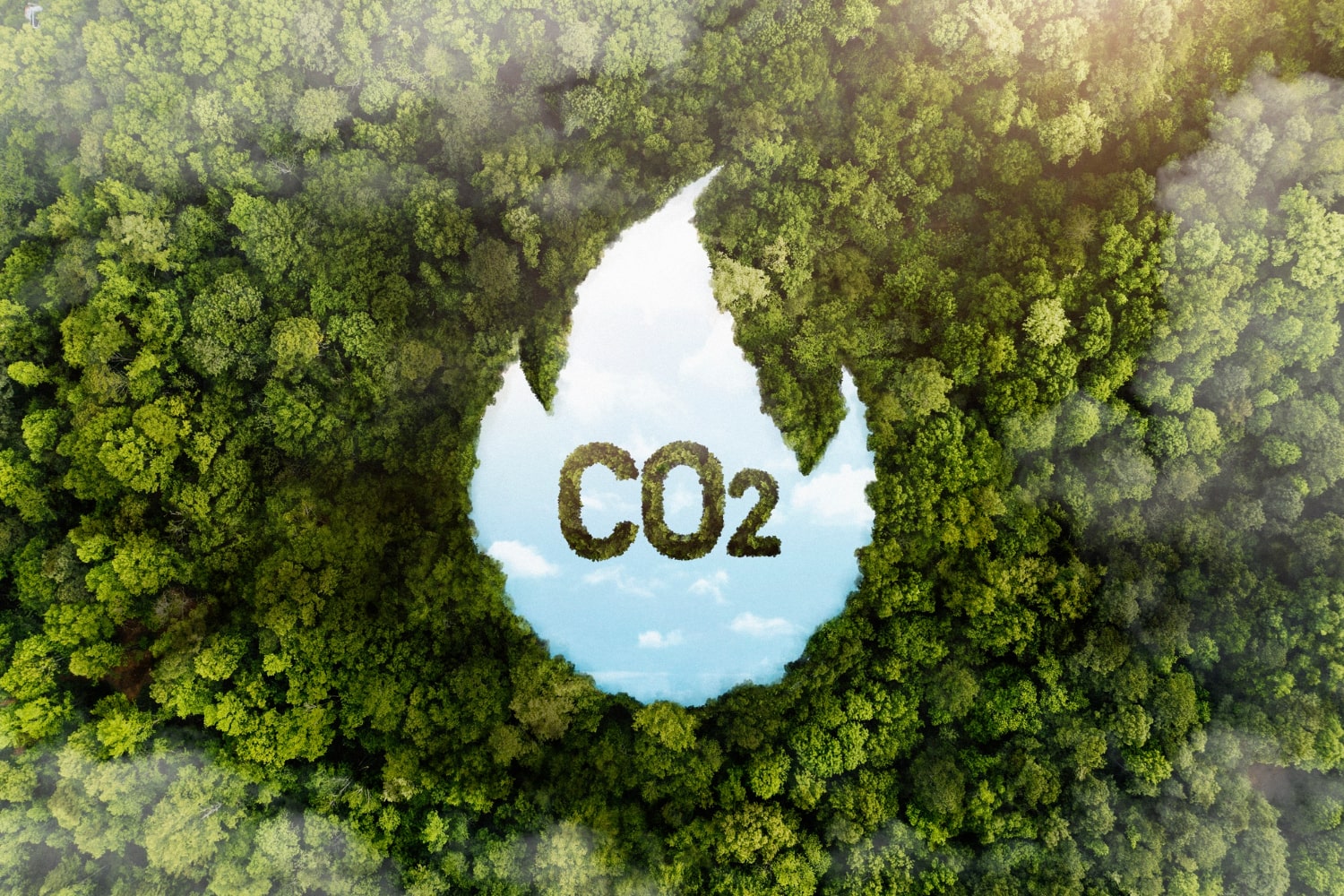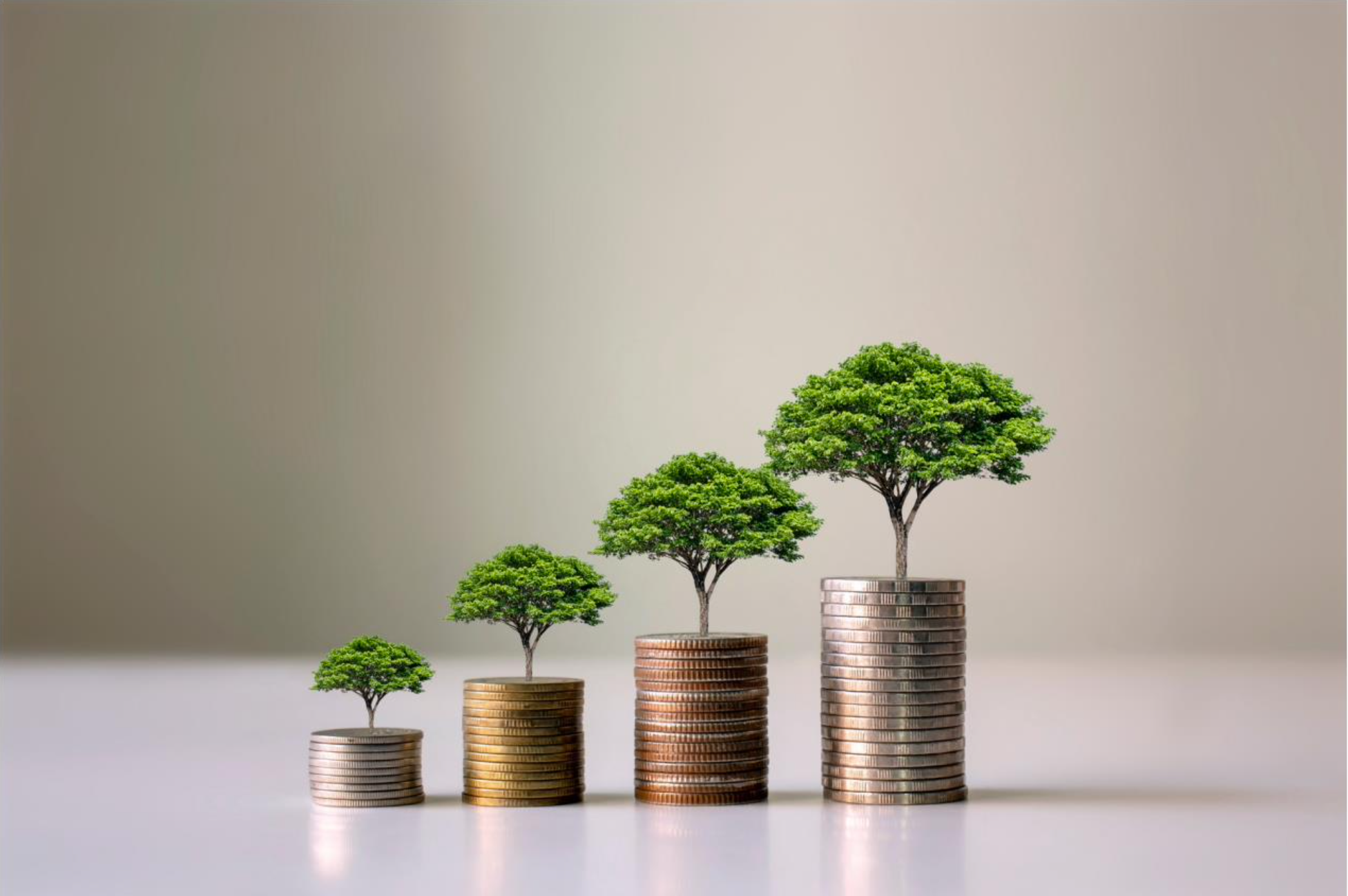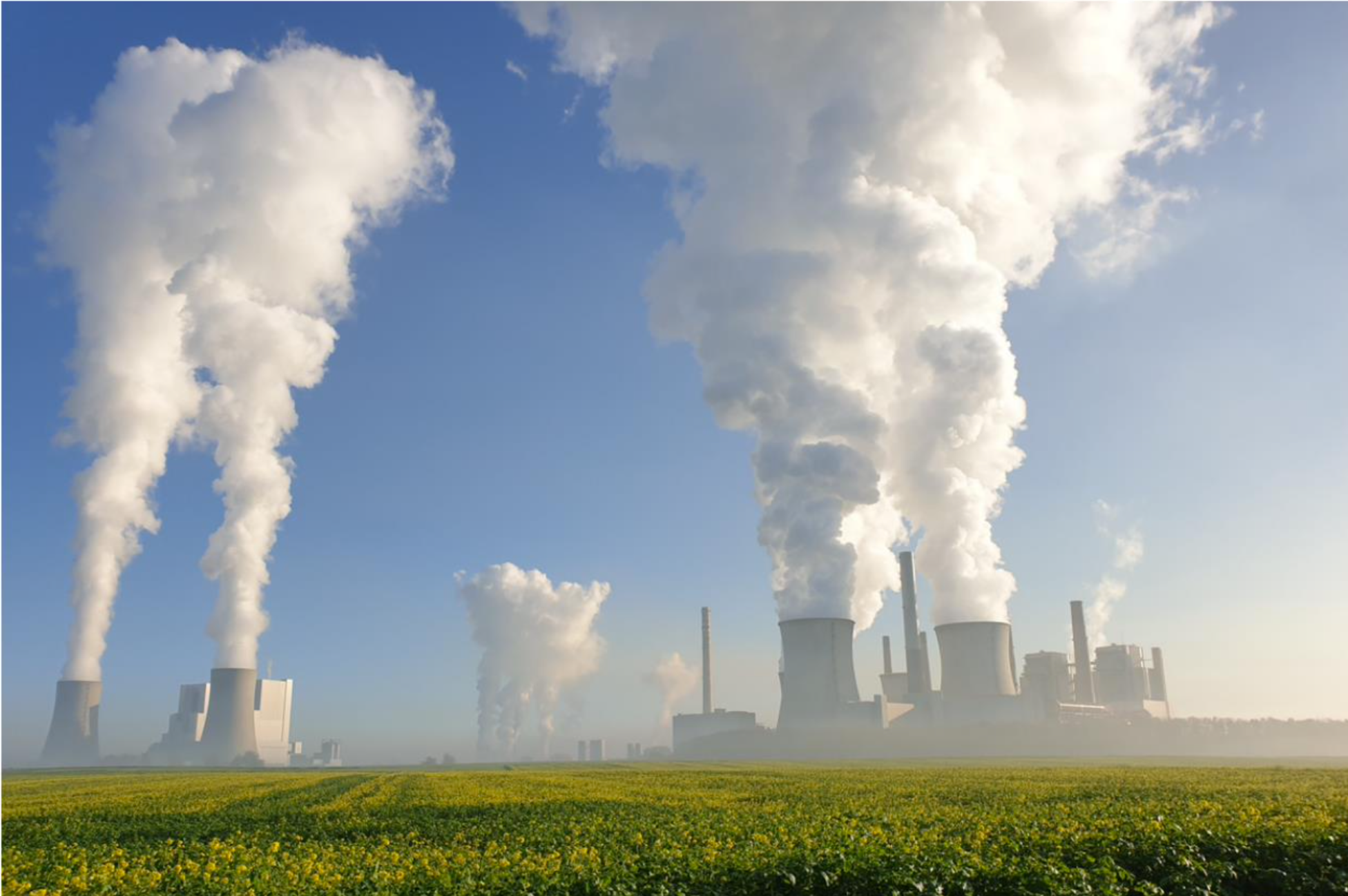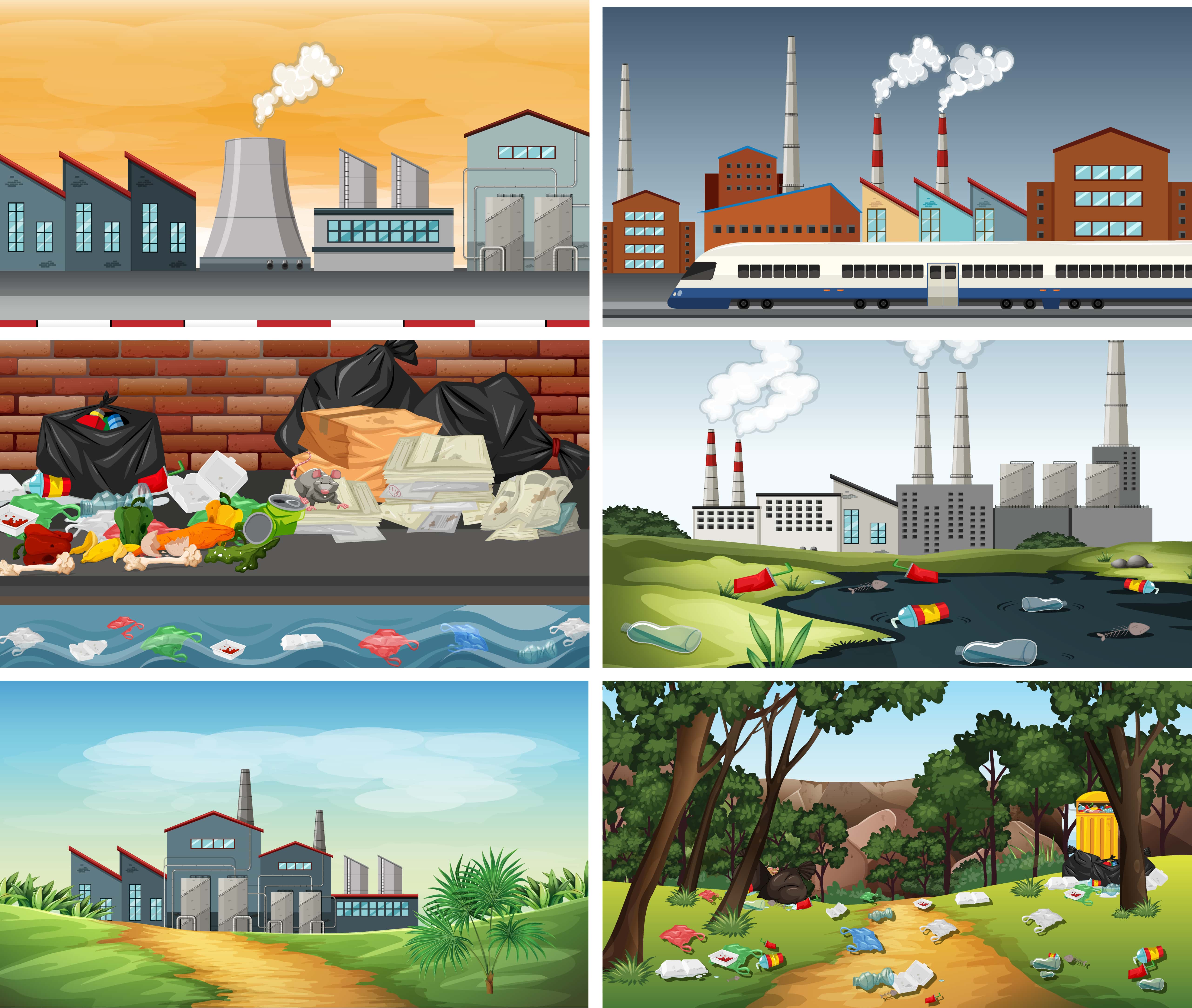Blog / Social / Phantom Credits: The ugly side of carbon credits

Phantom Credits: The ugly side of carbon credits
May 30, 2023 by Vicky L.Should companies be allowed to claim carbon neutrality while continuing with business as usual and funding emission-reducing projects elsewhere that may not meet the agreed-upon goals? Instead of actually implementing sustainable practices within their own framework, companies are opting to buy third-party carbon credits and call it a day. It's like they're saying, "Hey, we may be destroying the planet, but at least we paid someone else to pretend like we're not!" It's a clever way to look like you're doing the right thing without actually doing anything at all[1].
What is carbon credit?
Carbon credit and carbon offset are interchangeable terms used to represent a unit of emission exchanged in the carbon trading market. This trading market has created a buzz of attention in environmental economics. In one view, the system can be seen as a practical and effective tool for reducing overall emissions, while others criticize the lack of genuine and measurable success.
If you are unfamiliar with carbon credits, they are a form of cap and trade where companies offset their carbon emissions by purchasing credits from a project with negative or neutral emissions. Simply, a company emits pollution but donates money to another company or organization that works to reduce emissions. This equation of "I emit one and you clean up one" means they can claim net zero emissions[2]. A third party facilitates the transaction and is responsible for verifying the effectiveness of the projects. These third parties raise red flags in potential racketeering opportunities. While Verra, one of the third-party verifying organizations, was infamously scrutinized by the Guardian, another leading third-party carbon credit verifier is Gold Standard[3].
Recently, the Guardian published an article that exposed the ugly side of the carbon credit market and called out Verra for falsely verifying projects or exaggerating their impacts creating a multitude of issues like empowering companies' greenwashing ability. Unfortunately, greenwashing is prevalent throughout the global shift to sustainable business practices.[4][5][6]
Strategic marketing is a costume worn by companies going about business as usual but wanting to be seen as up with trends and receive an undeserving pat on the back. What they’re missing is that sustainable choices are not a trend but a cultural and economic shift. The article revealed the findings of a nine-month study investigating the efficacy of Verra’s carbon offset projects and the phantom credits being sold to companies who are doing what they need to meet their emission targets to claim their false trophy of carbon neutrality.
Phantom credits
Phantom credits are carbon credits sold to companies that do not represent actual emission reduction. These fake credits inflate the market value of carbon credits without any genuine environmental benefits while also dropping a veil of greenwashing over the company purchasing the credits. It is vital for companies who are purchasing carbon credits to investigate the effectiveness of the project intending to offset emissions. Their responsibility does not end after the money hand-off. Holding both the companies and projects accountable for the offsets is essential as we move forwards with carbon trading.
False claims of carbon neutrality can be mitigated by exposing the holes in the system. It is crucial to avoid greenwashing in the carbon trading market in order for this program to be impactful and effective. Greenwashing is misleading consumers into believing they are making the right choices. Another reason honest verification is necessary for the future of credit offsets.
To expose another hole in the system, an investigation conducted by Unearthed and Sourced Material looked into the middlemen of carbon credit transactions. This investigation resulted in finding profits being siphoned into the wrong pockets during the trading process by inflating prices in the passing of hands. Those facilitating the carbon offset exchange have the opportunity to exploit the deal and benefit from the inflated funds for personal luxuries. This behaviour undermines basic trust in the carbon credit market creating pockets of fraud and foolery within an industry trying to make a serious change in how our global economy impacts the natural environmental balance[7][8].
It is disheartening to think that while these individuals might appear to be genuine and helpful, they are actually just looking out for their own monetary interests. The trouble is that the consequences of this behaviour can be devastating. When funds meant for good causes are siphoned off, it means less money going towards honest carbon sequestering projects. It's important that we keep a watchful eye and ensure that those in charge are held accountable for their actions. Carbon offsets have the potential to play a vital role in the carbon reduction dilemma but are vulnerable to being abused and taken advantage of. It is important to understand that carbon credit trading holds the power to make big impacts, but that cannot happen without genuine credit verification, the drive to continually evolve and reevaluate with new findings, and honest trading systems[9].
A positive environmental impact?
Having a positive environmental impact by reducing overall emissions is the main objective of the carbon credit market. Without accountability and proper oversight, the carbon credit market is likely to be exploited. To ensure carbon credit programs and projects are genuine and effective they must be measured, verified, and adhere to strict environmental standards and oversight of the transaction.
There is no doubt carbon offsets can be a massive driver in reducing carbon emissions. However, to achieve their full potential, we must not be ignorant of the flaws in the system that are weak to exploitation resulting in greenwashing, phantom credits, racketeering, and disingenuous business tactics. Setting strict emission reduction standards and continuous refinement are needed for carbon offset projects. To minimize the chance of phantom credits inflating the market, verifiers and carbon credit sellers must be held to the standards agreed upon. Carbon reduction is a collective effort on all layers of the market.
By exchanging money for carbon neutrality, these companies are essentially buying their way out of responsibility and pretending to make a difference. They wear a veil made of money trying to look like a good person while still doing the very thing they claim to have "fixed". Let's face it, buying carbon credits may be a trendy business move, but it's ultimately a cop-out from doing any real environmental action.
Sources:
- [UP] The Economist: How do carbon markets work?
- [UP] The Economist: What is net zero?
- [UP] Verra’s webpage: A carbon standard.
- [UP] The Guardian's article: About carbon credits.
- [UP] Verra’s snap response: On carbon offsets.
- [UP] Guardian Revealed: More than 90% of rainforest carbon offsets by biggest certifier are worthless.
- [UP] Greenpeace Unearthed: How middlemen carbon brokers take a cut from money meant to help offset emissions.
- [UP] Buy low, sell high: What they don’t tell you about carbon offsets.
- [UP] Bloomberg: These Trees Are Not What They Seem
What to Read Next

